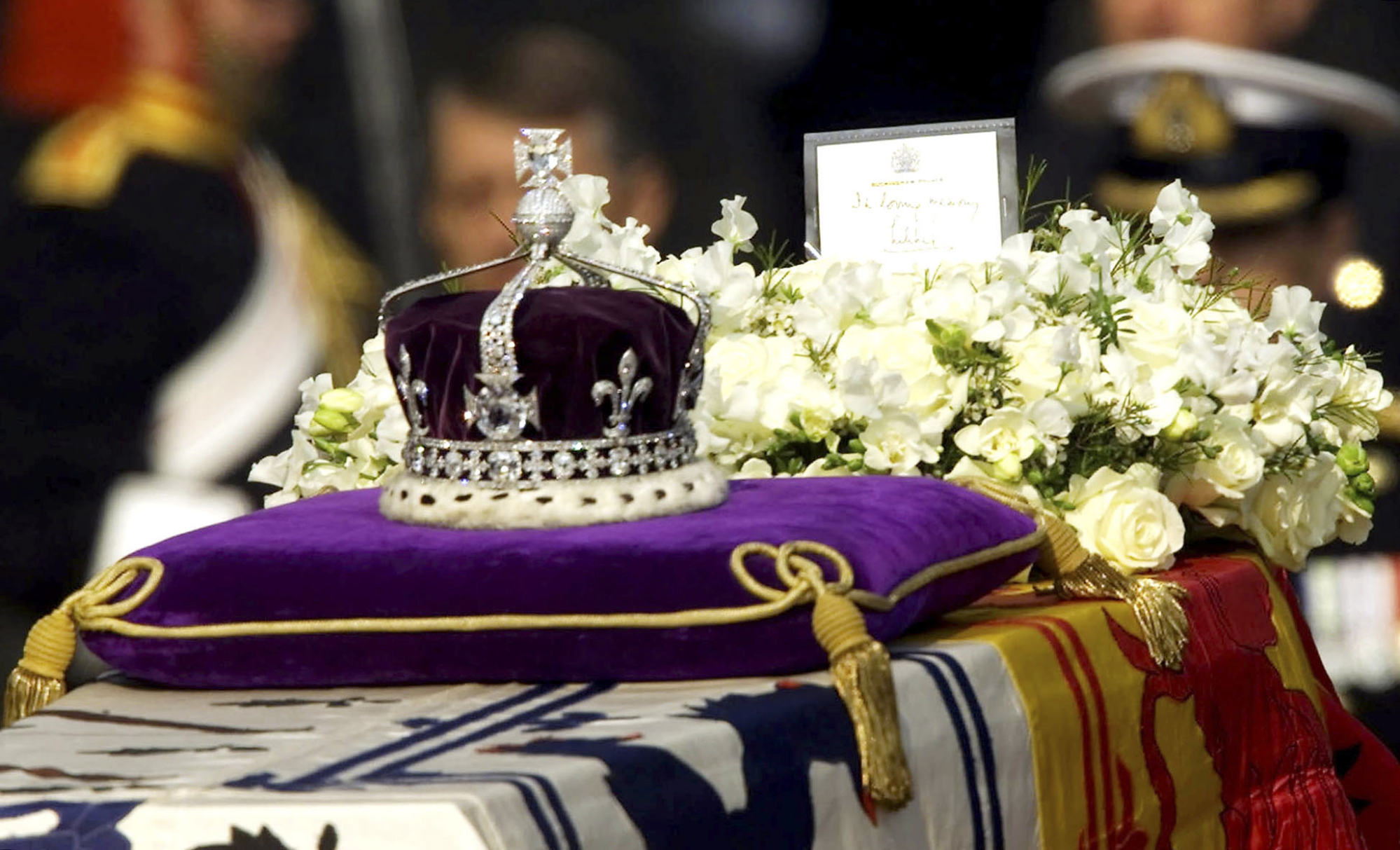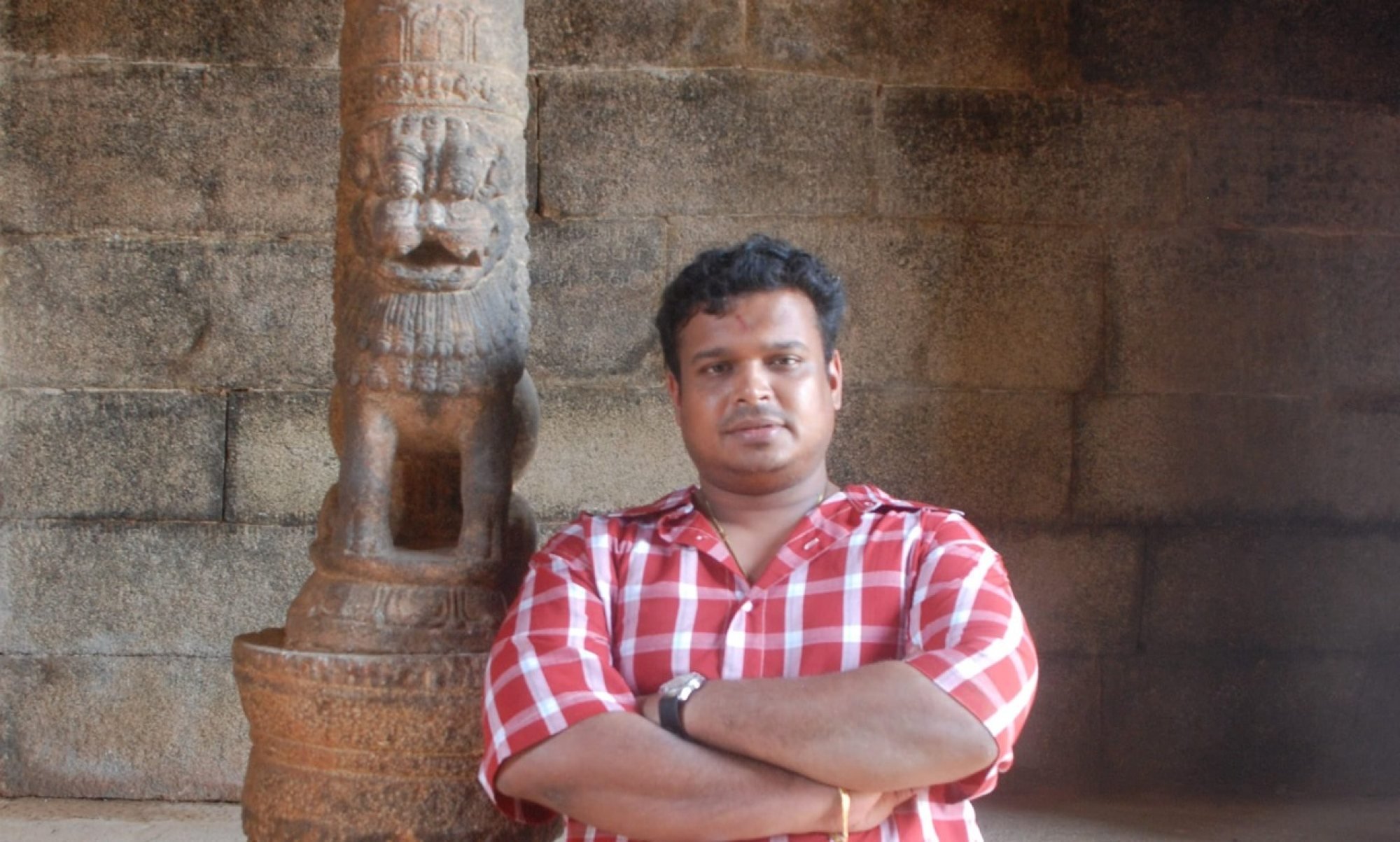
Furore over Emma Chamberlain’s Met Gala diamond necklace puts India’s ‘stolen jewels’ in spotlight
- The US YouTuber drew flak for wearing the Cartier-designed jewellery, which originally belonged to an Indian king, at the New York event’s red carpet
- Experts say the incident has shone a light on other rare Indian diamonds hidden in vaults overseas and the need for laws to tackle the illicit trafficking of antiques
Popular US YouTuber Emma Chamberlain is facing a backlash from the South Asian community for wearing a controversial diamond necklace at New York’s Met Gala.
Controversy erupted as soon as Chamberlain walked onto the red carpet wearing the jewellery at the May 2 annual fundraising event attended by global glitterati for the benefit of the Metropolitan Museum of Art’s Costume Institute.
Word began to spread that the necklace originally belonged to Maharaja Bhupinder Singh of Patiala, in India’s northwest, one of the richest men in the world during his rule between 1900 and 1938.
Adorned with 2,930 diamonds and weighing over a thousand carats, the rare platinum ornament is embellished with Burmese rubies as well as a golf ball-sized, yellow 234.6-carat De Beers diamond – which was the seventh-largest in the world.
The necklace is said to have disappeared from the Patiala royal treasury around 1948. Several decades later, so the story goes, parts of it resurfaced at a second-hand London jewellery store in 1998 and were bought by the French luxury brand Cartier. The company subsequently recrafted the choker by replacing the missing diamonds and stones with replicas.
Cartier is now under fire from netizens for allowing Chamberlain to wear a “part of India’s stolen history”.
“Wearing a stolen necklace from colonial South Asia to the Met Gala is so not cool,” said one Twitter user.
Wrote another: “Who was gonna tell Emma Chamberlain, who wore a US$30 million necklace from a Maharaja of India, that it is wrong to wear something that is stolen from India’s history? A public apology is required.”
While Cartier has not yet issued a statement, the public furore has placed in the spotlight other rare Indian diamonds that surreptitiously left the country. How they became part of art collections elsewhere is anyone’s guess.

The most iconic such jewel is the 105.6-carat Koh-i-noor diamond, first discovered in India in the 14th century.
It has seen multiple ownerships, and in 1849, after the British annexation of Punjab, was given to Queen Victoria. It has been part of Britain’s Crown Jewels since, but continues to be at the centre of a fraught ownership battle between New Delhi and London.
Britain’s Queen Elizabeth has said her son and heir Prince Charles’s wife Camilla will receive the famous Koh-i-noor crown when he takes the throne.
The ambiguity surrounding the ownership of the pilfered antiques – which command astronomical prices in the international market – has enabled further smuggling of the jewels, said S. Vijay Kumar, founder of the India Pride Project, a citizens’ platform that helps trace lost Indian treasures.
“Apart from the highly publicised Koh-i-noor, even the Golconda Orlov diamond is said to have been stolen by a deserting French soldier. It is currently among the prized treasures of the Kremlin in Moscow,” Kumar, who is based in Singapore, said.
Other iconic royal-owned jewellery pieces that ended up abroad include the 182-carat Daria-i-noor diamond and the 60-carat Noor-ul-ain, one of the largest pink diamonds in the world. The sparkling stones, extracted from the Kolluru mines in southern India’s Golconda, were found in possession of the Persian Shahs. They are now believed to be part of the Iranian crown jewels.

Kumar, who has helped identify hundreds of antique thieves and smugglers in the last 15 years, said the Indian government’s abolition of privy purses in 1971 led to “further flight of royal treasures into the global art market black hole.”
He emphasised the need for drafting powerful laws aimed at tackling the illicit trafficking of antiques.
“It’s a pity that India doesn’t assert its weight in seeking to stop the open auction and display of its plundered treasures,” Kumar said.
“International regulations and laws are conveniently vague on the issue which further facilitated their pilferage.”

He added that almost all stolen Indian artworks and jewels in the international market have no documents or archival evidence. Those include the 45.5-carat blue-tinged “Hope” diamond that was sold to French King Louis XIV by a French merchant but later donated to the Smithsonian Institution in Washington, DC. The monarch also bought the 20-carat pentagonal Hortensia diamond. The gems, originating from Golconda, now grace the French crown jewels.
Like Kumar, other experts also underscored the importance of cataloguing, archiving and documentation of Indian artefacts to stop them from leaving the country.
“A comprehensive national roster of all treasures – including antiques and jewels – must be created to prevent the open plunder of our national heritage,” said New Delhi-based archeologist Dr Kirit Mankodi.

